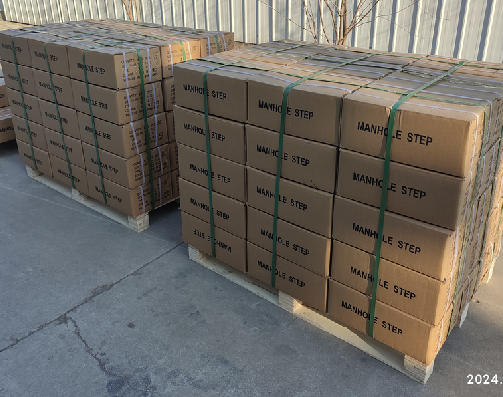euro pallets
Understanding Euro Pallets The Standard in Logistics
Euro pallets, also known as European Pallets or EPAL pallets, are an essential element in the logistics and transportation industry. These wooden platforms are standardized according to the European Pallet Association (EPAL) specifications, which were established to enhance efficiency, safety, and sustainability in freight logistics. This article explores the characteristics, advantages, and significance of Euro pallets in modern supply chains.
Characteristics of Euro Pallets
Euro pallets conform to specific dimensions, measuring 1200 mm x 800 mm (47.2 inches x 31.5 inches). They are typically constructed from wood, although plastic and metal variants also exist. A distinctive feature of Euro pallets is the EPAL logo, which is stamped on the side of the pallet alongside a unique license number and the country of origin. This branding not only authenticates the pallet as a genuine Euro pallet but also ensures traceability and quality assurance throughout Europe.
The construction of Euro pallets adheres to stringent international safety and quality standards. They can carry substantial loads, typically up to 1500 kg (3,307 lbs) under standard conditions. Additionally, they are designed to withstand both static and dynamic loads, making them versatile for various storage and transportation methods. Because of their robust design, Euro pallets have a long lifespan, which can exceed several years if maintained properly.
Advantages of Euro Pallets
One of the most significant advantages of Euro pallets is their standardization. This consistency simplifies logistics processes, allowing businesses to streamline operations and reduce costs associated with transportation and storage. Standardized sizes enable seamless stacking, leading to more efficient use of space in warehouses and transport vehicles.
euro pallets

Moreover, Euro pallets facilitate international trade. As many countries within Europe adopt these pallets, they create a unified system that helps reduce barriers in cross-border logistics. The compatibility of Euro pallets with various transport modes—road, rail, sea—eliminates the need for additional handling and transfer, which can lead to delays and increased risks of damage.
In addition to practical benefits, using Euro pallets promotes sustainability. The EPAL standards encourage the recycling and reuse of pallets, which helps reduce waste and environmental impact. Damaged pallets can be repaired, extended their lifespan, rather than being discarded. This lifecycle management not only saves resources but also supports businesses in reducing their carbon footprint.
Significance in Modern Supply Chains
The role of Euro pallets in modern supply chains cannot be overstated. They streamline operations, enhance safety, and promote environmentally friendly practices. As e-commerce continues to grow, so does the demand for effective and efficient logistics solutions. Euro pallets support this demand by providing a reliable platform for transporting goods across different sectors, from retail to manufacturing.
Furthermore, the current trend towards automation in warehouses and logistics facilities underscores the importance of standardization. Automated systems, including robotic palletizers and automated guided vehicles (AGVs), often rely on standardized pallet sizes to function efficiently. Euro pallets fit perfectly into this model, allowing businesses to leverage technology for quicker, more accurate order fulfillment.
In conclusion, Euro pallets are more than just platforms for transporting goods; they represent a vital component of a highly interconnected and efficient supply chain. Their standardization, durability, and contribution to sustainability make them an invaluable asset in the logistics industry. As companies increasingly recognize the importance of optimizing their operations, Euro pallets will continue to play a pivotal role in enhancing the efficiency and reliability of global trade. Their impact is far-reaching, influencing everything from warehouse practices to international shipping, ultimately shaping the future of logistics in Europe and beyond.
-
Square Sewer Cover Enhances Urban SafetyNewsAug.01,2025
-
Pipe Fitting Requires Precise AlignmentNewsAug.01,2025
-
Manhole Step Is DurableNewsAug.01,2025
-
Manhole Cover Is Found WorldwideNewsAug.01,2025
-
Hole Cover Frame On RoadsNewsAug.01,2025
-
Gully Grate Improves Road SafetyNewsAug.01,2025
-
Man Hole Cover Round Load CapacityNewsJul.31,2025
